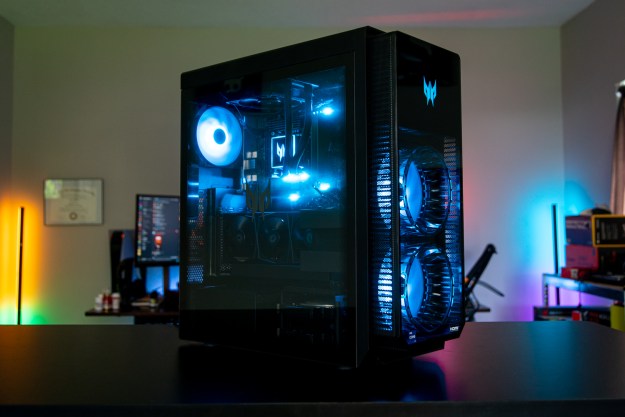If you’re the owner of a high-end Surface Book 2, you’ll be happy to hear that Microsoft just fixed a problem that has been plaguing your device for several months. An issue where the internal Nvidia GPU on the device might no longer function or appear in Device Manager when installing the latest version of Windows 10 on the Surface Book 2 is now officially resolved.
After plaguing Surface Book 2 devices since July — and causing an official compatibility hold on some Surface Book 2 devices — notice of the resolution was recently posted on Microsoft’s Surface Book 2 update history page. The resolution comes by way of a firmware update, pushing up the Surface UEFI Firmware to version 389.2837.768.0.
As is usual, this update should automatically appear via Windows 10’s Windows Update page by clicking Check for Updates. It can then be installed by rebooting Windows 10 by pressing on the Start Menu, selecting the power button, and choosing update and restart. Separate firmware updates will also appear, improving the battery stability and correcting an issue where the CPU will throttle down to .4GHZ.
This firmware update also means that the previous hold on these devices, preventing the install of the latest Windows 10 May 2019 Update, has been officially removed. Microsoft now notes on its support page that you’ll be able to install the latest version of Windows 10 in the “coming weeks.”
Now that the issue with the GPU disappearing has been resolved, Surface Book 2 owners shouldn’t experience any issues when trying to open games or apps that depend on the GPU. Still, the GPU issue was just one of many problems that have plagued some Surface devices — though this issue with the Surface Book 2 was a little less severe and is linked to the Windows 10 operating system.
In the past, Surface Pro 4 owners complained of a “Flickergate” issue where the display on the device would flicker. Microsoft eventually apologized and launched a repair program for that issue in mid-2018. Consumer Reports also moved the Surface devices into the much dreaded “not recommended” category in late 2017, citing concerns over longevity and high failure rates. Microsoft disputed the claim, citing its own data, and the decision from Consumer Reports was later reversed.
Editors' Recommendations
- Windows 11 vs. Windows 10: finally time to upgrade?
- Microsoft plans to charge for Windows 10 updates in the future
- Should you buy the Surface Pro 9, or wait for the Surface Pro 10?
- Microsoft’s Surface Laptop Studio 2 might get a massive performance boost
- Microsoft Surface Pro 9 vs. Lenovo IdeaPad Duet 5i: which 2-in-1 is best?


